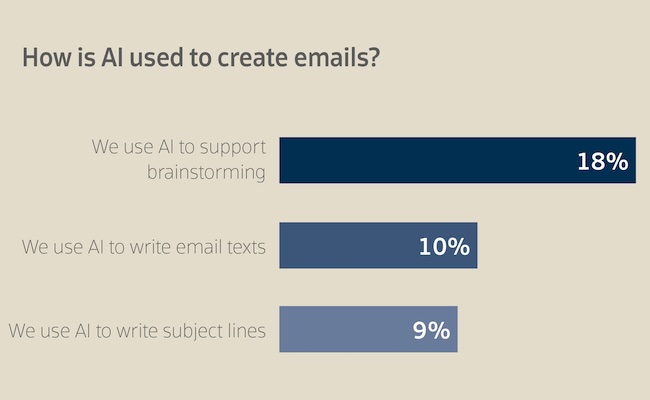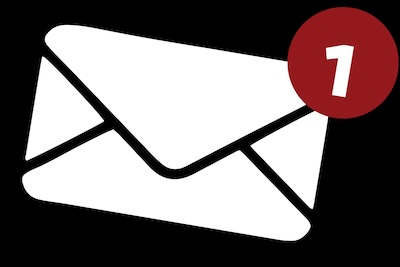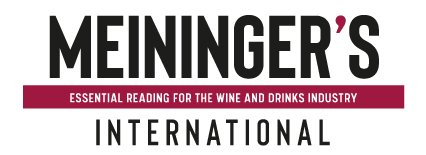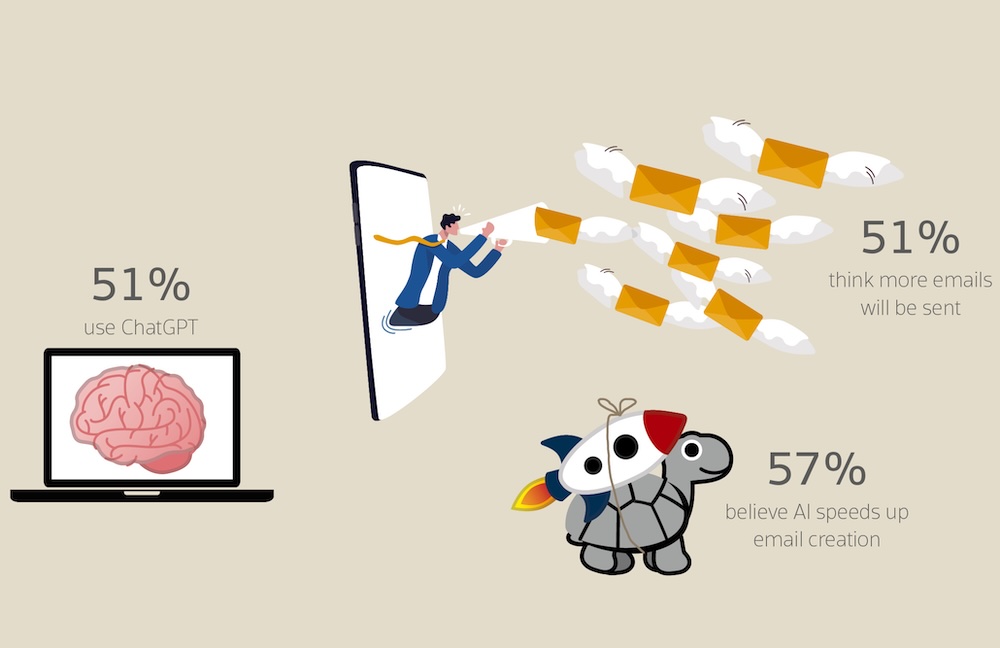More and more German companies, especially in marketing and particularly in email marketing, are turning to AI. But what’s the current state, and what can we expect moving forward? What practical advice can be offered for those getting started?

How is AI used to create emails?
A significant portion of email marketers are not yet planning to use AI for creating their emails (33%), while another substantial group is still in the planning phase (25%).
Tools and expectations
In the competitive landscape of AI tools, ChatGPT holds a clear lead. Currently, 51% of marketing professionals use OpenAI's software, recognizing its capabilities. The majority expect AI to speed up email creation, and as a result, many anticipate a significant increase in the volume of emails sent overall. 51% think more emails will be sent.

- Define the content:
Provide clear instructions for the AI on what the newsletter should contain. - Specify the sender:
Make sure the AI knows who the sender is. - Set a goal:
What is the newsletter’s purpose? Who is the target audience? - Tone and style:
Define how the newsletter should sound in terms of tone and style. - Formal or casual:
Should the newsletter use familiar or formal forms of address? - Call-to-action:
Should the newsletter include a specific call-to-action? If so, what is it? - Language:
Specify the language the newsletter should be written in.
A text generator can also rewrite an existing text based on these specifications.
"Always cross-check content."

AI is a time-saving tool and a source of inspiration for creating creative, diverse, and engaging newsletter content and email marketing campaigns that cater to specific audiences. However, while this technology brings many advantages, it also has its limitations. Companies should not view AI as a standalone content creator but rather as a helpful assistant. After all, no one knows the company’s target audience and products better than the company itself.
Source: Litmus, Rapidmail, OMR Reviews, Cleverreach






